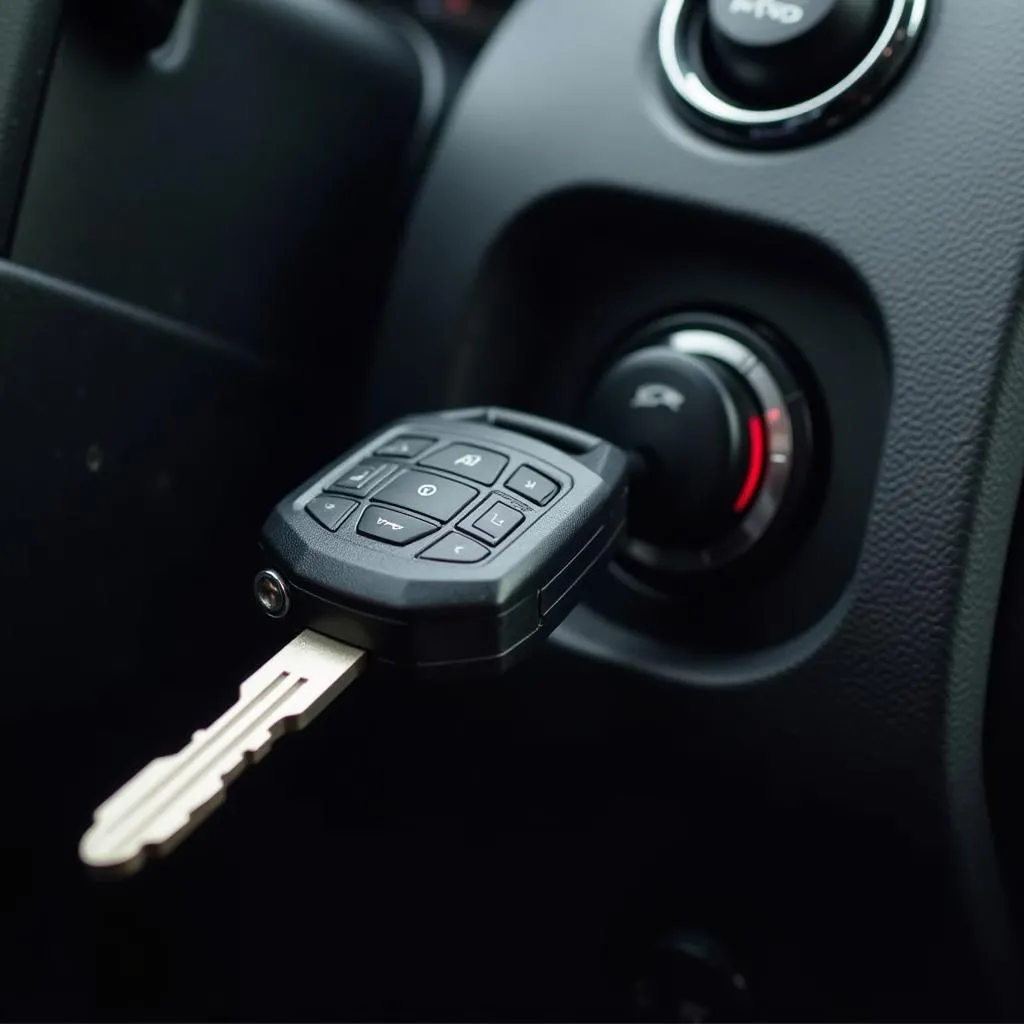A dead car battery is frustrating, especially if it’s new. Finding a parasitic drain in your car is often the culprit. This guide helps you understand what a parasitic drain is, how to diagnose it, and solutions to fix the problem so you can get back on the road. This article will delve into the tools and techniques you need to become a parasitic drain detective.
Understanding Parasitic Drain
Parasitic drain, also known as “phantom load” or “key-off drain,” occurs when something in your car continues to draw power from the battery even after the ignition is off. This can range from a faulty glove box light to a more complex issue with the car’s computer system. Over time, this constant drain can deplete the battery, leaving you stranded. If you’ve ever woken up to a car battery empty, a parasitic drain could very well be the reason.
What Causes Parasitic Drain?
Several components can cause parasitic drain. Common culprits include interior lights, faulty relays, aftermarket accessories, and even the car’s computer system itself. Diagnosing the issue requires a systematic approach. Sometimes, a seemingly minor issue, like a stuck door switch, can be the source of your car battery discharge solution.
How to Find a Parasitic Drain: A Step-by-Step Guide
Finding a parasitic drain involves using a multimeter to measure the current draw while systematically isolating circuits. Here’s how you can do it:
- Gather your tools: You’ll need a digital multimeter, a test light, and some patience.
- Prepare your car: Ensure the ignition is off, all lights and accessories are turned off, and the doors are closed.
- Connect the multimeter: Set your multimeter to measure DC amps. Disconnect the negative battery cable and connect the multimeter between the negative terminal and the disconnected cable.
- Measure the current draw: Note the reading. A reading above 50 milliamps typically indicates a parasitic drain.
- Isolate the circuits: One by one, remove fuses from the fuse box and observe the multimeter reading. When the reading drops significantly, you’ve identified the circuit with the drain.
- Pinpoint the culprit: Within the affected circuit, check each component for faults. This might involve inspecting wiring, testing relays, and examining components for damage. If you recently installed any aftermarket accessories, such as a new stereo or alarm system, check those first.
“A common mistake is assuming a new battery solves the problem,” says automotive electrical expert, John Smith, ASE Certified Master Technician. “If you have a drain, a new battery is just a temporary fix. You need to find the root cause.”
Solving the Problem
Once you’ve identified the source of the drain, fixing it depends on the specific component. It could be as simple as replacing a blown fuse or as complex as repairing a faulty module. A parasitic drain can even stem from a faulty alternator, causing your new car battery to be dead.
Common Solutions
- Replace blown fuses or faulty relays.
- Repair or replace damaged wiring.
- Disconnect or replace faulty accessories.
- Consult a professional for complex electrical issues.
“Remember, safety first,” warns Maria Garcia, a seasoned automotive diagnostician. “Always disconnect the battery before working on any electrical components in your car.” If you’re unsure if your car battery is dead, it’s always best to consult a professional.
Preventing Parasitic Drain
Preventing parasitic drain involves regular maintenance and careful installation of any aftermarket accessories. Ensure all accessories are properly wired and turned off when not in use. Addressing a parasitic drain promptly can prevent further damage to your vehicle’s electrical system. For example, if you notice a significant chrysler 300 battery drain, immediate diagnosis is crucial.
Conclusion
Finding a parasitic drain in your car can seem daunting, but with the right tools and a systematic approach, you can identify and fix the issue, saving yourself time, money, and the frustration of a dead battery. By following this guide, you’ll be well on your way to becoming your own car electrical detective, keeping your battery healthy and your car reliably starting every time.
FAQ
- What is a normal parasitic drain reading? A normal parasitic drain is typically below 50 milliamps.
- Can a bad alternator cause a parasitic drain? While not a drain itself, a faulty alternator can prevent the battery from charging properly, mimicking the symptoms of a parasitic drain.
- What is the easiest way to find a parasitic drain? Using a multimeter and systematically removing fuses is the most effective method.
- Do I need to disconnect the battery when testing for a parasitic drain? No, but it’s recommended to avoid short circuits.
- What if I can’t find the source of the drain? If you’ve exhausted all troubleshooting steps, consult a qualified automotive electrician.
- Can aftermarket accessories cause a parasitic drain? Yes, improperly installed or faulty aftermarket accessories are a common cause of parasitic drain.
- How can I prevent parasitic drain in the future? Regular maintenance, careful installation of accessories, and promptly addressing any electrical issues can help prevent future parasitic drains.


